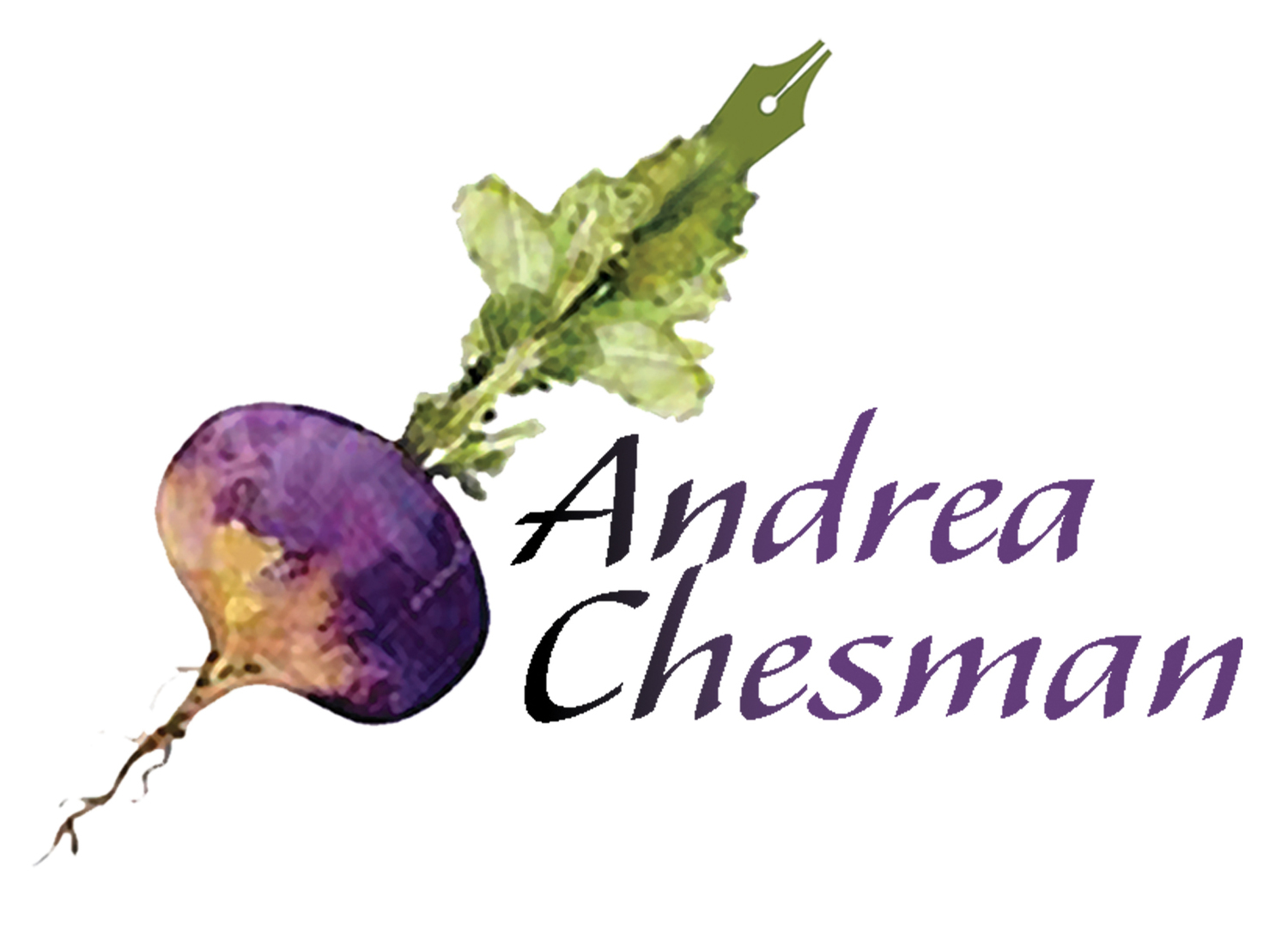Spring came early this year, with warm weather in March. And though the garden is currently under a blanket of snow, spring will return shortly.
The first harvest of the year is maple syrup. Next comes wild leeks, neither dependent on gardening skills, for both are more or less wild harvests. For these, I am dependent on my son Sam, a tireless worker and forager.
I live in the land of the wild onion, or at least that’s how the original inhabitants of Vermont saw this area. Winoskik was the name of an Abenaki village near the mouth of the Winooski River, which flows some 90 miles from Cabot, Vermont, south to Montpelier, than westward through Waterbury, Richmond, Essex Junction, then to Winooski and Burlington and into Lake Champlain. Winoskik means “At Wild Onion Land.” Historians have speculated that the name was given because the land was lush with wild onions.
Much of Vermont’s forests are suitable for the wild onion, Allium tricoccum, whose range stretches from Canada to Georgia and as far west as Minnesota. In other parts of the continent, the wild onion is likely to be called a ramp. Here in Vermont it is usually called a wild leek.
Like all onions, the wild leek is a member of the lily family. It has tapered green leaves (shaped like the leaves of the lily of the valley), a red stem, and a small white bulb, which grows underneath the soil. Its flavor ranges from mild to pungent, something like a cross between cultivated garden leeks and garlic.
Wild leeks are one of the first plants to emerge from the awakening earth, around the same time as bloodroot, a wildflower with a beautiful eight-petal white flower and a stem that bleeds orange. Wild leeks are ready for harvest when the plants are 8 to 12 inches tall. At this point, the flavor is at its most mild, with a distinctive garlicky note, and the wild leeks can be enjoyed raw or cooked. As the plants head into warmer weather, they become tougher and more strongly flavored.
Look for these delicacies in areas of mixed hardwoods. The plants are usually found in large groups and thrive in damp areas, often along streambeds or on slopes that drain. If you find a clump of plants that may be wild lilies of the valley, but smell like garlic, you’ve found wild leeks. The roots are tenacious and it is quite difficult to dig them up with your fingers. Give a mighty heave and you are like to come up with just greens and lose the bulb. It is best to dig around a clump of plants with a small spade, loosening the earth around the plants so you do not destroy the tender bulb. Make sure you leave a sufficient number of wild leeks undisturbed so the patch will continue to produce.
To prepare wild onions for cooking, rub your fingers over the bulb and pull off the thin sheath that surrounds the bulb. Rinse in cold water. Trim off the root ends, as you would trim off the roots of scallions. Use both the leaves and bulb. Taste one and decide if it is mild enough to use raw. If it is, use it in salads, or just eat out of hand. If the flavor seems too pungent, use it in any recipe that calls for leeks, scallions, green onions or garlic.
Wild onions can be added whole to a delicate chicken or vegetable broth and simmered for a few minutes to make a delicious spring tonic. They are also terrific sautéed in butter and folded into an omelet. Blanched for a few minutes to tame their more aggressive flavors, they are wonderful served at room temperature under a light vinaigrette. This year, I have added wild leeks to stir-fries and pad Thai, and to the spinach filling in enchiladas. They will go into tomorrow's chicken soup.
In southern Appalachia, the harvesting of wild onions was once a time for celebrating. Entire towns would get together to celebrate spring by hosting ramp festivals known as “Dancin’ and Stinkin’ ” (due to the pungent aroma the wild onions give off when eaten raw). These festivals have become large tourist events, just as our own sugar-on-snow parties have come to be an attractive event for tourists.
I don’t know of any wild onion festivals in Vermont, but I find spring a fine time to do a little dancin’ and stinkin’ of my own, in the privacy of my own kitchen.
